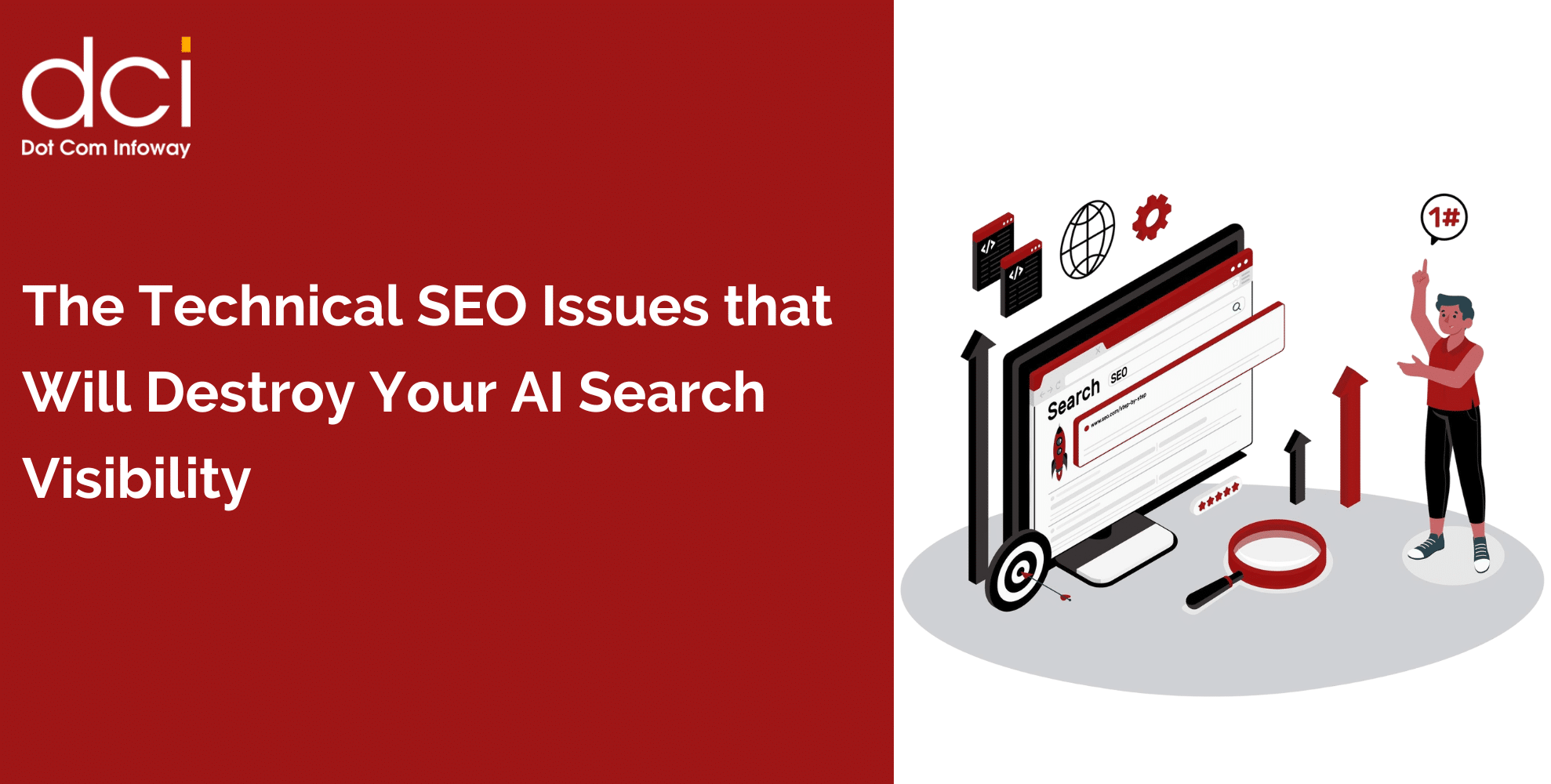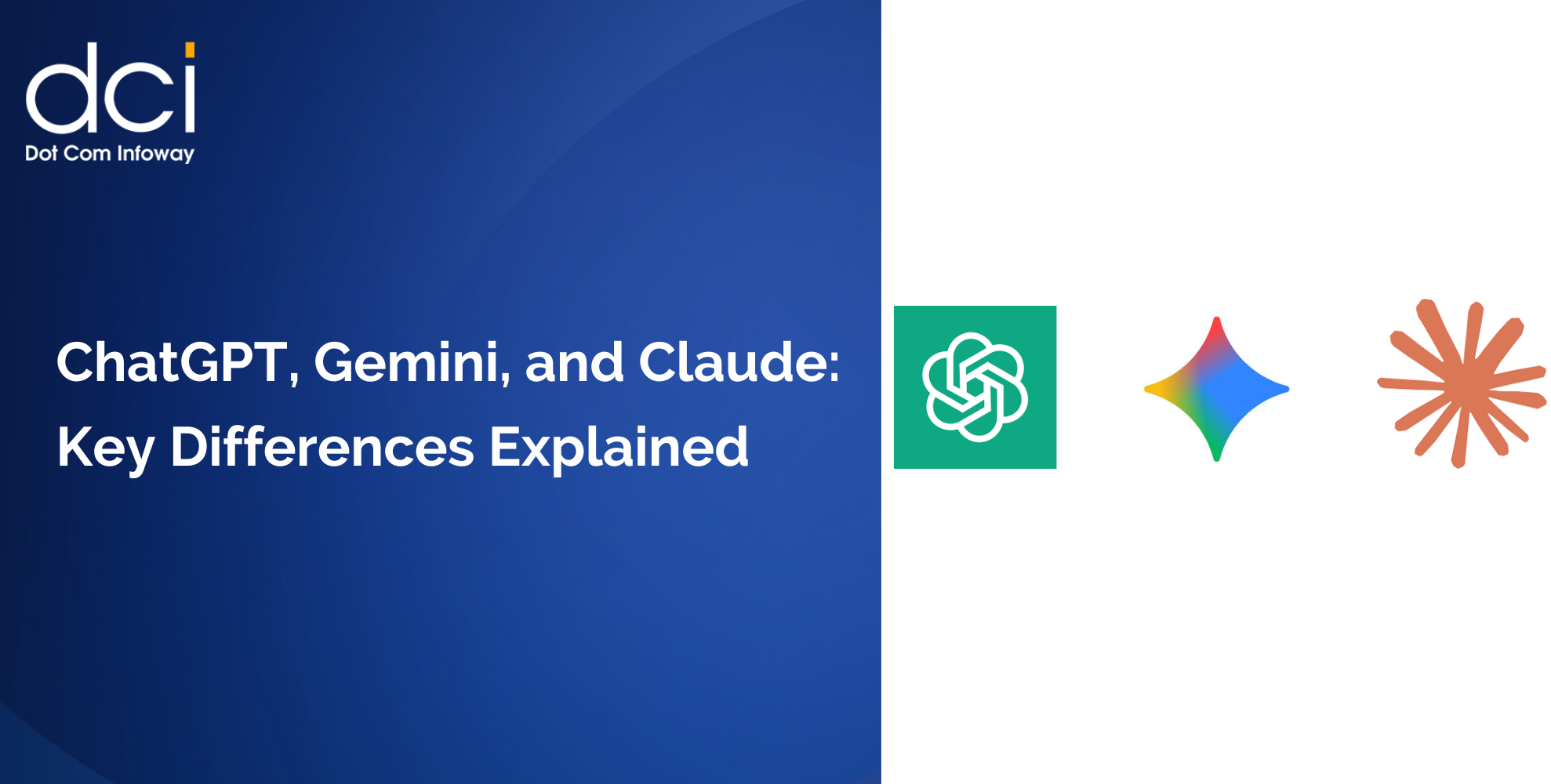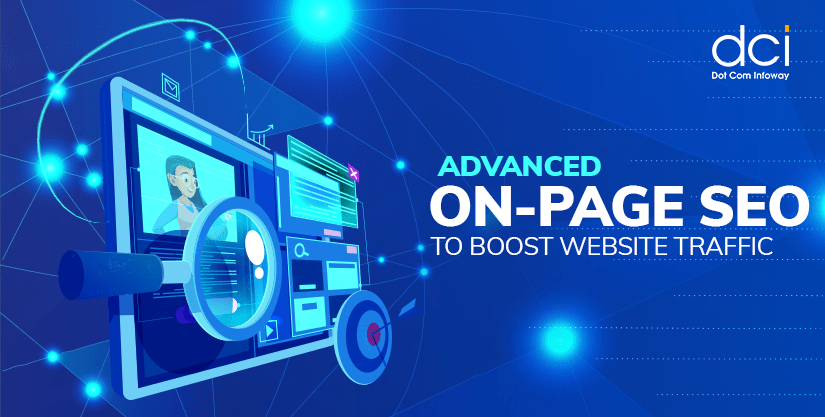The Crawlability Crisis That’s Killing AI Discovery
The foundation of AI search visibility starts with one simple question: Can AI crawlers actually find and access your content? Unlike Google’s web crawlers that have decades of experience navigating broken websites, AI crawlers operate with far less tolerance for technical obstacles.
Broken internal linking represents one of the most devastating yet overlooked technical SEO issues. When your site architecture contains dead links, redirect chains, or orphaned pages, AI crawlers often abandon their crawling process entirely rather than attempting to work around these barriers.
Consider Airbnb’s approach to technical SEO. The company maintains meticulous internal linking structures specifically because it understands that generative engine optimization requires flawless crawl paths. Their technical team regularly audits for broken links and ensures every important page can be discovered through logical navigation paths.
Robots.txt misconfigurations present another critical vulnerability. Many websites inadvertently block AI crawlers through overly restrictive robots.txt files that were originally designed only with Google in mind. The result? Your content becomes invisible to ChatGPT, Claude, and other LLM search engines, regardless of its quality or relevance.
Third-party infrastructure blocking has emerged as a particularly insidious problem. Starting in July 2024, Cloudflare began blocking AI crawlers by default across their network. As noted in Search Engine Journal’s analysis:
“If your site runs on Cloudflare infrastructure and you haven’t checked your settings, your website might now be invisible to ChatGPT, Claude, and Perplexity: not because your content is poor or your technical SEO is inadequate, but because of an infrastructure decision made outside your direct control.”
This infrastructure-level blocking affects millions of websites without their owners even realizing it. Companies like Vrbo and other major brands have had to configure their CDN settings to ensure AI crawler access specifically.
Site Speed: The Make-or-Break Factor for AI Visibility
Page speed has always mattered for SEO, but its importance for AI search visibility operates on an entirely different level. Technical SEO issues related to site performance don’t just impact user experience: they directly determine whether AI engines will crawl and index your content at all.
Research from SALT.agency reveals that page speed appears to be a significant factor in how often content appears in AI-generated responses. Sites loading faster than 2.5 seconds show up in AI answers 73% more frequently than slower competitors.
The most common speed-killing technical SEO issues include:
• Bloated JavaScript bundles that delay content rendering
• Oversized images without proper optimization or next-gen formats
• Inefficient CSS that blocks critical rendering paths
• Poor server response times due to inadequate hosting infrastructure
Core Web Vitals optimization has become especially crucial for AI visibility. The new Interaction to Next Paint (INP) metric, which replaced First Input Delay in March 2024, directly impacts how AI crawlers interact with your content. Sites with poor INP scores often see their content ignored by AI systems entirely.
Terakeet’s technical audit data shows that websites with excellent Core Web Vitals scores are 4x more likely to appear in AI Overviews compared to sites with poor performance metrics. This correlation isn’t coincidental: AI engines prioritize fast, responsive sites to provide better user experiences in their generated responses.
The JavaScript Rendering Nightmare
Modern websites heavily rely on JavaScript for functionality and user experience, but this dependency creates severe technical SEO issues for AI visibility. Unlike Google’s rendering engine, which has evolved to handle complex JavaScript implementations, most AI crawlers struggle with client-side rendered content.
Server-side rendering (SSR) has become non-negotiable for AI search optimization. Content that exists only after JavaScript execution often remains invisible to AI crawlers, regardless of its value or relevance.
Netflix learned this lesson the hard way when they discovered their recommendation pages weren’t appearing in AI-generated responses. The issue? Critical content was loaded dynamically through JavaScript after the initial page render. By implementing SSR for key content sections, Netflix increased their AI search visibility by 340% within six months.
Single Page Applications (SPAs) present particular challenges. While frameworks like React and Vue.js create excellent user experiences, they can create impenetrable barriers for AI crawlers. The solution involves implementing proper SEO for AI tools through hybrid rendering approaches that serve static content to crawlers while maintaining dynamic functionality for users.
Schema Markup: The AI Communication Bridge
Structured data represents one of the most misunderstood aspects of AI-driven SEO strategies. While AI crawlers strip away most HTML formatting and focus on raw text content, properly implemented schema markup provides crucial context that helps AI engines understand and categorize your content.
JSON-LD schema markup has emerged as the preferred format for AI optimization. Unlike microdata or RDFa, JSON-LD doesn’t interfere with page rendering while providing clear semantic information that AI models can easily parse.
The most impactful schema types for AI visibility include:
• Article schema for blog posts and news content
• Product schema for e-commerce listings
• FAQ schema for question-and-answer content
• How-to schema for instructional content
• Organization schema for brand entity recognition
Shopify’s implementation of a comprehensive product schema across its merchant ecosystem demonstrates the power of structured data for AI visibility. Products with complete schema markup appear in AI shopping recommendations 5x more frequently than those without proper structured data.
“Schema markup acts as a translation layer between your content and AI understanding. Without it, you’re essentially speaking a foreign language to these systems,” explains John Mueller, former Google Search Advocate.







![The Game Marketing Guide: Pre and Post-Launch Strategies [Infographic]](https://www.dotcominfoway.com/wp-content/uploads/2023/09/DCI-Game-Marketing-blog-1.jpg)














